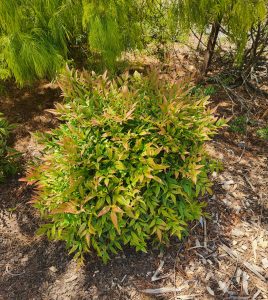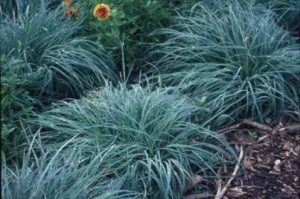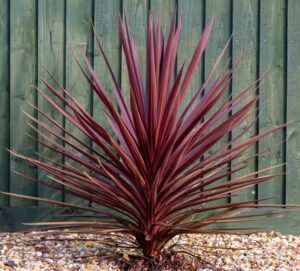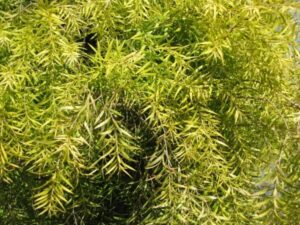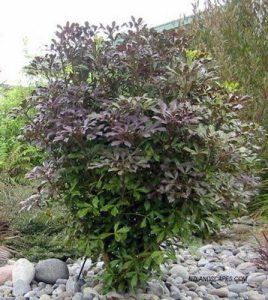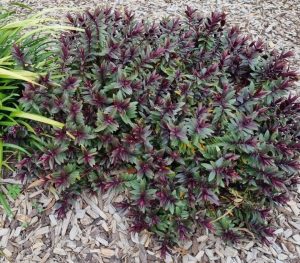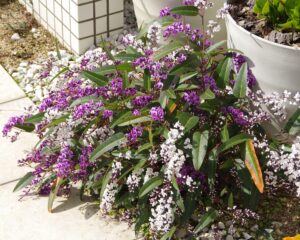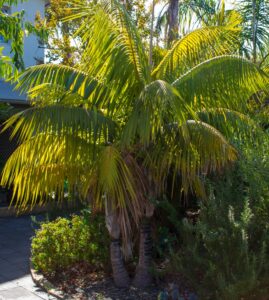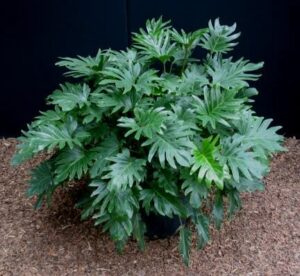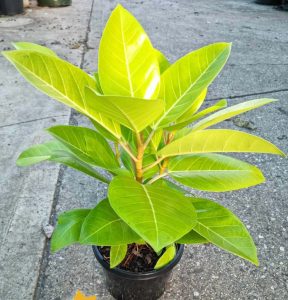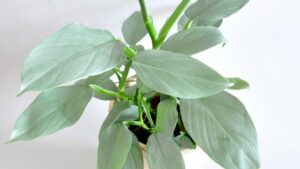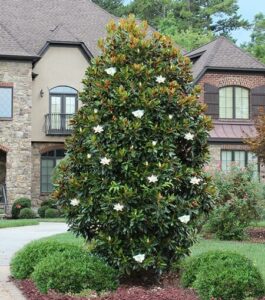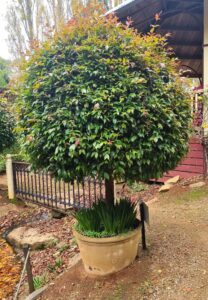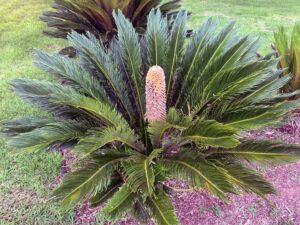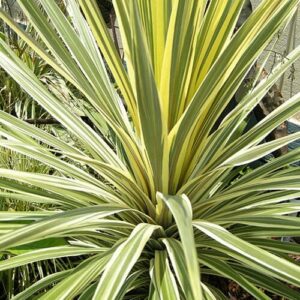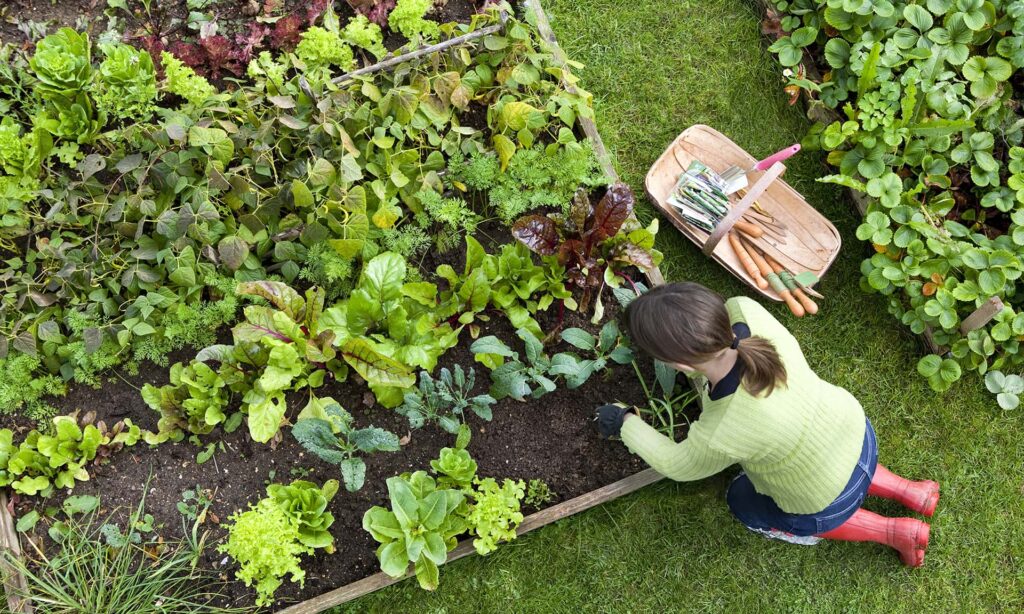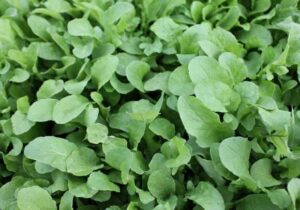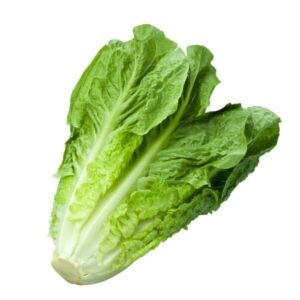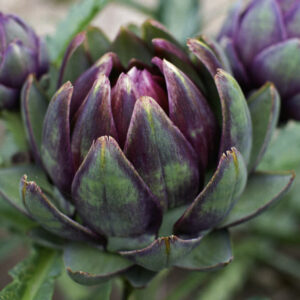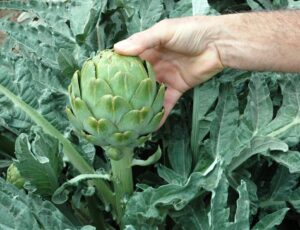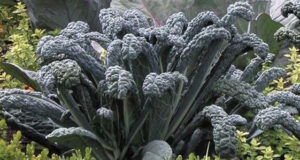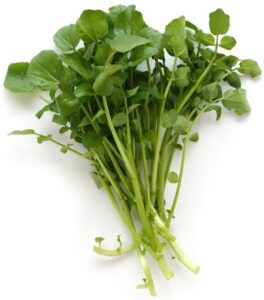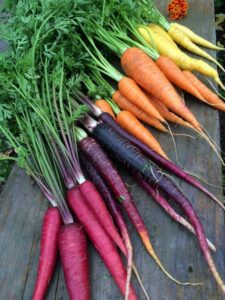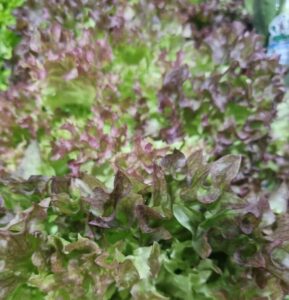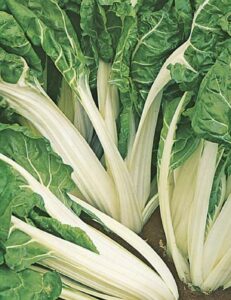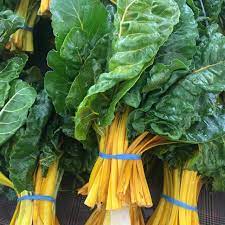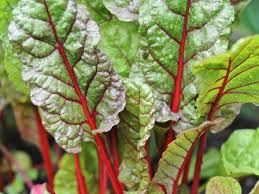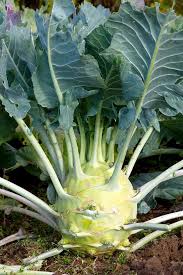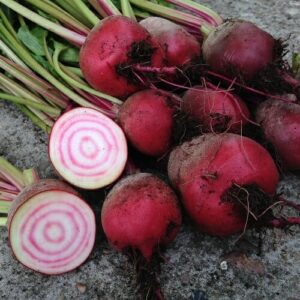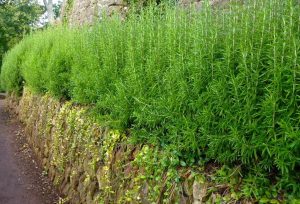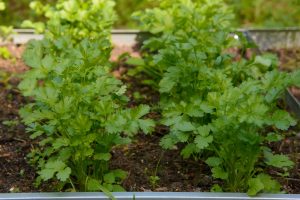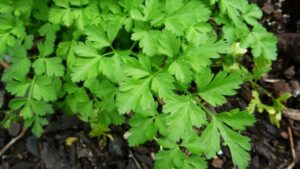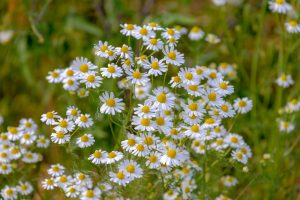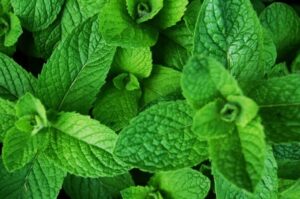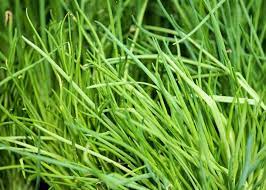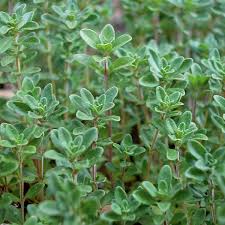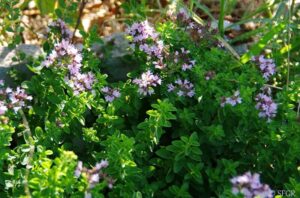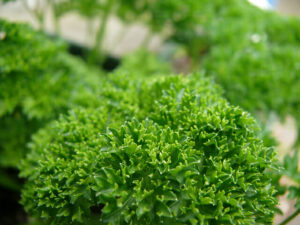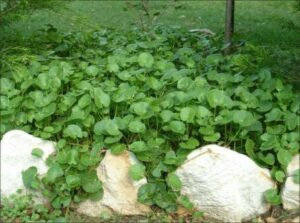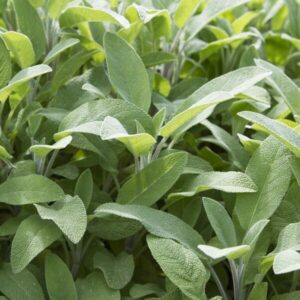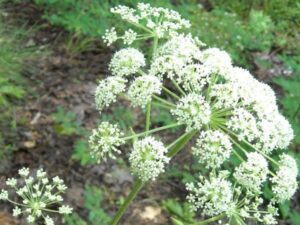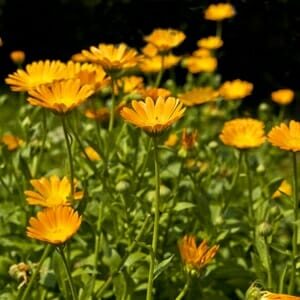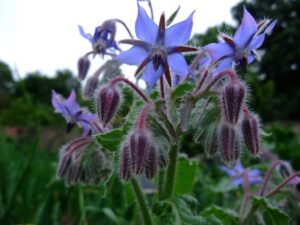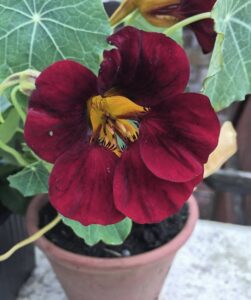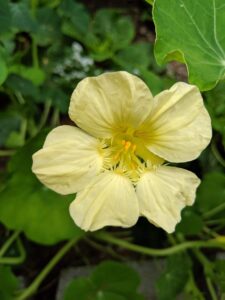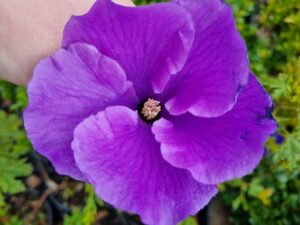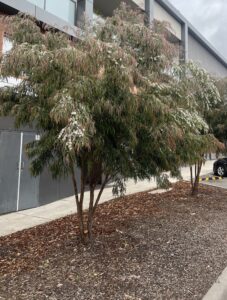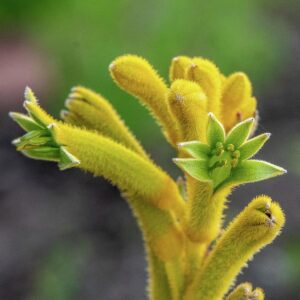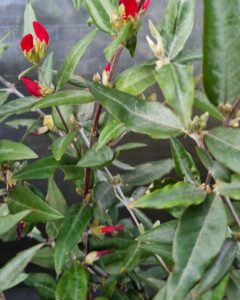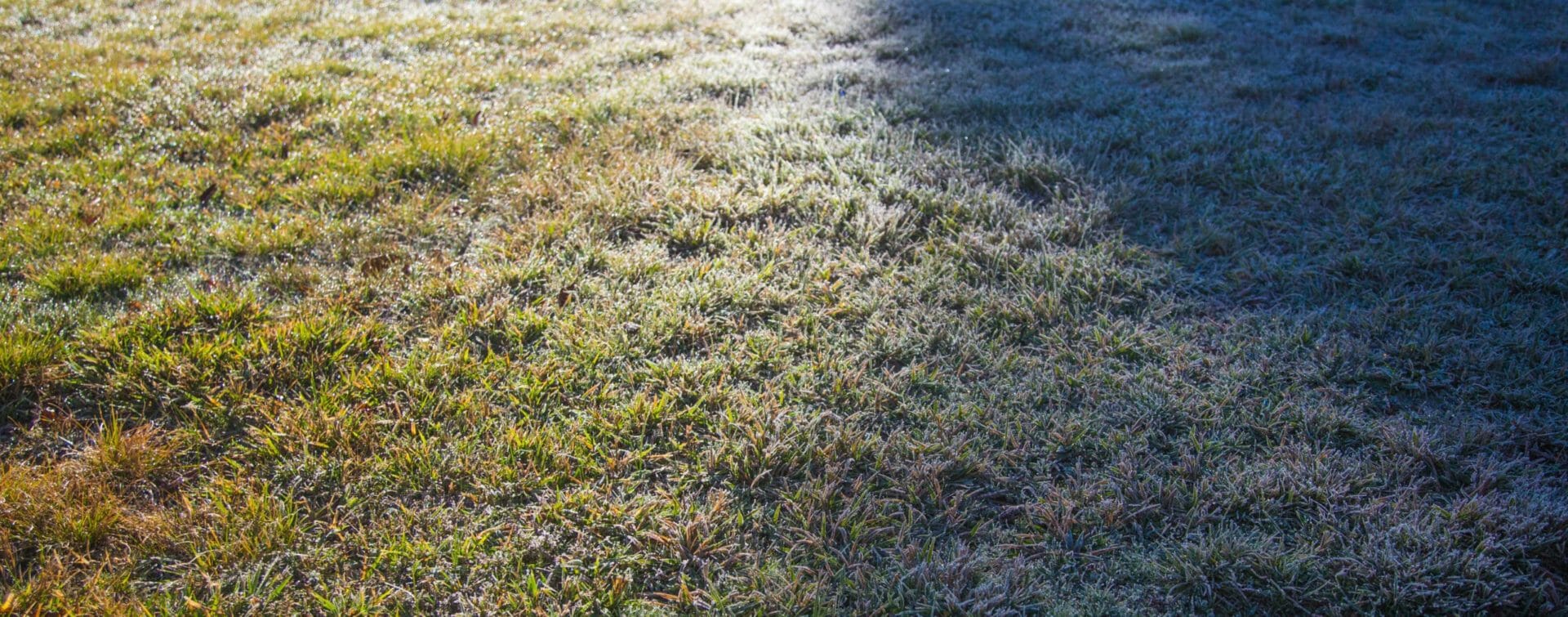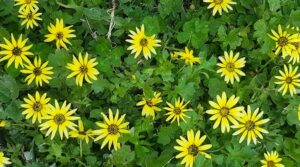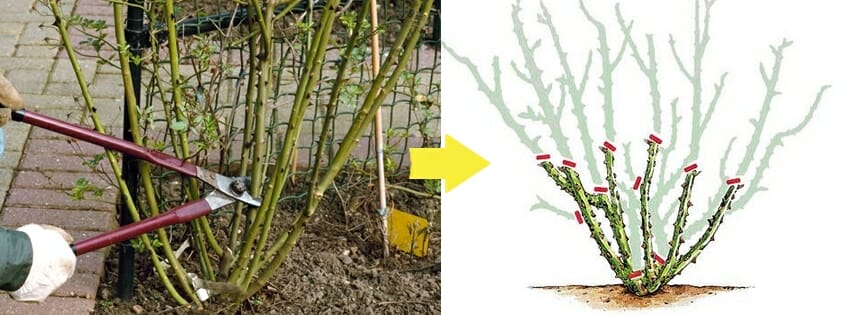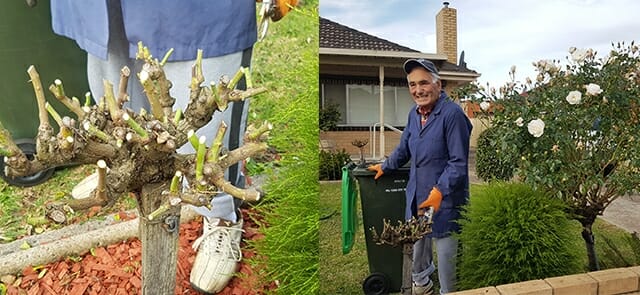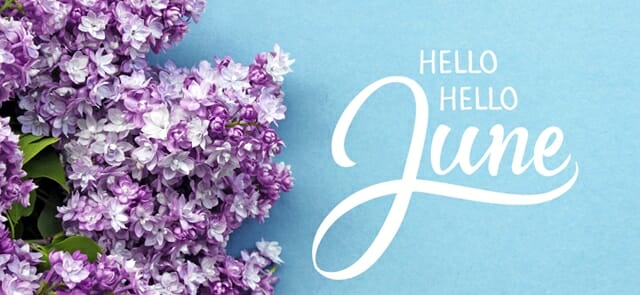
June in the Garden 2022!
Winter isn’t coming, it’s here! June marks the beginning of winter. The stark trees, bitterly cold nights and cloudy days have done a pretty good job at reminding us all of that. But the best way to stay warm this winter is to stay active and get some gardening done!
Many may not realise that winter is the time avid gardeners do a lot of their preparation and planning. The garden reveals everything in winter. The deciduous trees and shrubs are now bare giving more space and light to areas that haven’t seen any since last year. The need for pruning becomes apparent and the bare skeleton of the plant makes it a lot easier to assess what needs to be done.
During winter we also clean up. We turn in the last of the autumn leaves into the compost heap and prepare our garden beds with compost, manure and mulch. Weeding, clearing decks and pavers are also best done now and then, after all that, there are even some things to plant!
Currently, Lavenders, Camellias, Daisies, Pansys and Violas are blooming beautifully and so are some natives such as Grevilleas, Banksias, Hakeas, Proteas and Kangaroo Paws. Bulbs are sprouting, getting ready for a spring display, and in the Veggie patch, there is a lot happening.

With our list of things to do, winter will fly by and you’ll be ready to hop into spring!
Now is the time to plant your Bare rooted plants!
It’s that time of year again! Bare-root is BACK and we have loads of Bare Rooted Roses ready to go in-store. In winter, plants go dormant and dormant plants transplant much easier and stress-free than when they’re in leaf.
Bare Rooted Trees!
We have a nice selection of bare-rooted trees in-store and new ones coming in every week, including fruit and nut trees.
Click here to see more Bare Rooted Trees!
Bare Root Roses!
Now is the best time of the year to purchase your standard roses as we have hundreds of beautiful quality roses in stock. Whether you want 20 of the same colour or perhaps a fantastic mix of different colour roses depending on the garden colour scheme of your choice, you can get all of them in-store here in Campbellfield! We also have bulk packs of 5 roses at discounted prices.
We have the classic iceberg varieties in 3ft and many colour varieties in 3ft and 4ft standards.
Click here to see more Bare Rooted Roses!
For more on how to plant your Bare Root Roses, Click here!
Hello Hello Rewards!
You can now earn points when you spend with us and use the points to get some amazing Freebies. This is the biggest and most exciting promo we have ever done and you do not want to miss it! Click here to read more about our rewards program!
Garden Colour
Very often we tend to think of winter as being a very dull time of the year for the garden. We have put together a little selection of plants that will flower in winter or just add a splash of colour thanks to their vibrant foliage!
Winter Flowers
Winter gardens are not so dull with these beauties, that bloom when the rest of the garden has little to offer!
We have a whole article about Winter flowering plants. Click here to read it!
Indoor Plants

Some days it is just too cold to be outdoors gardening, and also, not everyone has the luxury of outdoor space for plants. If that is the case for you, you can always get some indoor plants to brighten up your living spaces.
We currently have a 40% OFF all indoor plants IN-STORE only!
Here are some important tips for indoor plants during winter:
- Indoor plants grow very slowly during winter, so no need to fertilise.
- Prune and remove dead branches to tidy up the plant.
- Keep your plants away from heaters and vents as these cause the plant to dry up and wilt pretty fast. So water your plants sufficiently.
- Keep an eye on the soil moisture level of the soil to avoid over-watering.
- As the trajectory of the sun has changed in the sky, you might need to move the plants to a sunnier/brighter spot.
- Clean the windows for maximum sunlight and also the leaves of your plants of dust, to allow them to photosynthesise efficiently.
Ground Covers!
These do not grow taller than 10-15cm, are very low maintenance and do great in small spaces that tend to be overrun by weeds.
Click here to see more groundcovers!
Top Specials for the Month!
We have some absolute bargains in store and online too! With such little prices, you can easily fill up your garden without breaking the bank!
-
-
Syzygium Lilly Pilly ‘Standard’ 3ft 8″ Pot
0Original price was: $49.99.$39.99Current price is: $39.99. -
-
Click here to see all our Top Specials!
The Vegetable Garden
It’s truly cold now, but it is just what some veggies love! Many people are concerned that nothing will survive in the cold weather, but that is just wrong because many winter veggies thrive and grow so well in the cold weather! It is even easier as you will rarely need to water the garden!
You can plant the whole range of brassicas such as cabbage, cauliflower, broccoli, and Brussel sprouts.
Leafy greens such as Asian greens like mizuna, tatsoi, pak choi, lettuce, rocket, spinach, mustards, spring onions, leek, kale and swiss chard.
Legumes such as Snow Peas and Sugar snap peas are very easy plants to grow right now, just make sure to provide some trellis for them.
Root crops such as radish, beetroot, turnips, swedes, parsnips, carrots, onions, potatoes and garlic. All of those would take 2-3 months before harvest, except for radish which is ready in just 30 days, while potatoes take between 90 and 170 days and garlic that takes up to 10 months for a nice bulb!
You can now remove any protective netting that I was using to safeguard the brassica and Asian green plants from the Cabbage White Moth and its hungry progeny, the caterpillars. As the weather has cooled enough, the moths or butterflies no longer pose a problem.
Asparagus Time to cut back the asparagus fern to the ground, which has yellowed as expected and then top-dresses the plants with a combination of compost, aged cow manure and some slow-release fertiliser pellets.
Check out our available range of fruits, vegetables and herbs.
Some great companion plants for all these are herbs such as sage, winter thyme, parsley, mint, chives, coriander, dill, oregano, marjoram, etc that deter pests such as caterpillars. Basil does not tolerate the cold and should be grown in warmer months.
Edible Flowers
Flowers such as Pansies, Violas, Nasturtiums, Calendula and Borage are great for the winter patch! They add colour, and diversity, repel pests and most importantly are tasty and pretty additions to salads!
To see our full selection of Fruits, veggies and herbs in store. Click Here!
Native Plants
Native plants are beautiful! They provide shelter and food for wildlife and promote biodiversity and stewardship of our natural heritage. They are unique because they are perfectly suited to the environment that they belong to. This means that they should survive on local rainfall patterns and in the local soil! Here is a selection of the most popular varieties we have in store right now!
Click here to see all of our Natives!
Garden Tasks!
Frost! Winter is here!
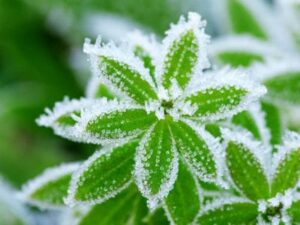
Frost on leaves
Frost forms from water vapour in the air, coming in contact with an object that is below freezing temperature. So basically, when the moisture in the air touches a freezing cold windscreen, the moisture sticks to the windscreen and turns to ice!
When it comes to our plants, they expel energy continuously through the day and the night. Energy is warmth! During the day, their expelled energy is replaced by radiant heat from the sun, but at night time they become cooler as their warmth is not continually replaced. When the plant cools enough to get to freezing temperatures, frost can then form on its leaves.
You may notice under large trees there is little to no frost. Large trees shelter the plants and grass underneath. Their canopy radiates energy downward from the underside of their leaves, as these “breathe out”. This expulsion of energy keeps the area under the tree warmer for longer during the night. This is why planting your more frost-sensitive plants under trees and shelter can help protect them from frost.
Some plants can handle frost better than others. The moisture inside of the plant’s cells freeze and, like all frozen water, it expands, which can cause stress on the cells and therefore damage to the plant. When the ice is quickly thawed by the morning sun, it causes the most damage to the plant.
If your plants have been damaged by frost, don’t cut off the damaged foliage until the frosts have finished as this dead foliage will actually act as protection for future frosts.
How to tackle frost
- Cover your frost-sensitive plants with sheets, newspaper or straw, making sure to remove them the following day.
- Lightly water your plants before sunrise by a sprinkler system (or by hand if you’re really keen!) This can prevent frost from forming. You can lightly water frost affected plants, which gently thaws the ice, reducing the damage from the frost.
- Use plastic sleeves and stakes to protect plants in open areas

Preparing the garden. Everything is bare so time to prepare!
Weed Control
Weeds don’t have a seasonal preference, they’ll turn up any ole time! But our one saving grace is they turn up less often in winter and the established ones that need to come out are easier to see. The soil is moist, which makes it easier to pull out these little suckers.
For the tougher weeds like clumps of Crowsfoot and Crabgrass, Dandelions or Oxalis you made need a tool to get the whole root out. The importance of getting the whole root out is so it doesn’t re-sprout. We don’t want to have to weed again! You can use a hoe or even a butter knife.
Compost
You don’t have to throw those weeds into the green bin. Chuck them straight into your compost. You will want to start building up your compost, if you haven’t already, with all your garden scraps from your winter cleaning. This will all break down over winter and be ready to put into the garden in spring.
Clearing and cleaning
The leaves that have fallen can all be turned into empty or new garden beds. By doing this you will also aerate the soil, which not only allows more oxygen flow but more water and nutrients to work through. Any mulch leftover can either be scraped back and put in the compost or, if there’s not too much, turn it into the soil along with the leaves to break down.
Existing plants and garden beds
For your existing plants, you will want to reapply mulch to keep the soil warm and retain moisture in the soil around the roots.
You may notice some of your hedging plants are turning a little yellow. This is often caused by a nutrient deficiency that occurs during the winter months. It’s nothing to be worried about as it can be easily fixed by applying Dolomite lime to the soil. It takes a few months to take effect so be patient!
Transplanting and moving
With the nice cool weather, it is an ideal time to move or transplant plants as the plants have time over winter to grow new roots and be ready for spring. You can repot plants that have outgrown their pots and are getting root-bound. Remove the plant and trim some of the roots at the bottom, shake off some old soil and add some fresh ones at the bottom of the pot to give your plant a fresh start. They will love it!
Pruning
This is a big one! Winter is when all major pruning is done because you are able to see the full structure of the plant and remove any problem branches. Fruit trees and roses in particular benefit from a good prune. Fruit trees fruit more prolifically and healthily after a good prune. Roses, too, flower better and look much more beautiful.
For more information on pruning, Click here!
Pests and Diseases
There are not too many pests at this time of the year as the weather has cooled down. Some caterpillars might still be roaming around your brassicas, but soon there will all be gone. One thing that you might notice is black spots and rust that commonly affect rose plants. If you see any of those on your roses, do not panic and do not spray anything on them as this is quite normal. They as they are preparing to go dormant over winter and will lose all their leaves. It is a good time to prune them back and clear out excess branches and leave the main ones.
Prune as such if it is a bush rose.
And prune it like this if it is a standard rose!
Wishing you all the best, keep yourself warm and don’t miss out on gardening this winter!

Gardening in June 2022. Hello Hello Plants. Melbourne, Victoria, Australia.
Gardening tips, what to plant in June and bare-root plants.




